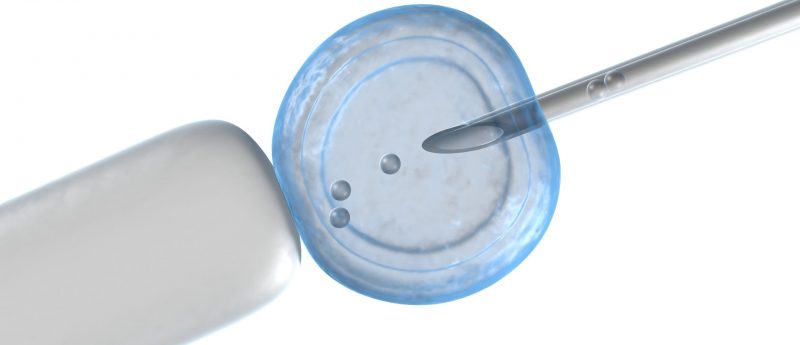Engineered stem cells proven to be a potential new therapy for peripheral arterial disease

New study demonstrates promising results for engineered stem cells in a mouse hindlimb ischaemia model
Researchers at the Molecular Cardiology Research Lab at the Texas Heart Institute (TX, USA) are investigating the role of stem cells in tissue repair and developing cell-based therapies for patients with cardiovascular diseases. In this study, the researchers describe a new strategy to enhance the benefits of stem cell therapy for the treatment of peripheral arterial disease (PAD). The findings were recently published in Nature Communications.
Numerous cardiovascular diseases are caused by plaque build-up within the blood vessels, which can reduce blood flow and oxygen supply to the tissues (a condition known as ischemia). When this plaque build-up reduces blood flow to the limbs, the person can develop PAD. In severe cases of PAD, the affected limb can develop gangrene and may need to be amputated. Other cases of PAD may be treated with surgery; however an alternative treatment is currently urgently needed for patients with PAD who are poor candidates for surgical treatment.
One such option is prostacyclin, a drug that dilates blood vessels and prevents the formation of blood clots inside the vessels. Prostacyclin has a circulating half-life of only 1-2 minutes and must therefore be given continuously, either intravenously or directly into the artery. This approach can potentially decrease the patient’s quality of life as the delivery system may lead to severe complications, such as infusion-site infections.
To overcome these complications, the team at the Texas Heart Institute have produced engineered human mesenchymal stem cells (hMSCs) that consistently secrete prostacyclin. Stem cells have been shown to produce a variety of substances that
promote tissue repair and help protect healthy cells exposed to
hazardous conditions; thus having great potential as therapeutic agents.
The cells were utilized as a vehicle to directly deliver prostacyclin into the ischemic limb, combining the benefits of both prostacyclin and stem cell therapies. The efficacy of this new therapy was tested in mice with hindlimb ischemia, an animal model of PAD. When injected into the ischemic muscle, the engineered hMSCs improved blood flow, enhanced muscle function, and promoted muscle regeneration better than the non-manipulated hMSCs did. The study results also indicated that the prostacyclin-secreting hMSCs protected resident cells from the harmful effects of ischemia and promoted the production of new cells by stimulating the body’s own repair mechanisms.
“This study shows that our novel approach of using hMSCs engineered to over-express prostacyclin provided benefits that were superior to those seen with non-engineered hMSCs,” commented Richard A.F. Dixon, Director of the Molecular Cardiology Research Lab. “We believe these findings establish a paradigm for using manipulated stem cells to boost the body’s natural regenerative processes. This strategy could be used not only to improve therapies for PAD but also to develop more effective treatments for other cardiovascular diseases.”
Sources:
Deng Y, Yang Z, Terry T et al. Prostacyclin-producing human mesenchymal cells target H19 lncRNA to augment endogenous progenitor function in hindlimb ischaemia. Nature Communication, doi:10.1038/ncomms11276 (Online before print) (2016)
http://www.texasheart.org/AboutUs/News/2016-6-1news_stem_cells_PAD.cfm